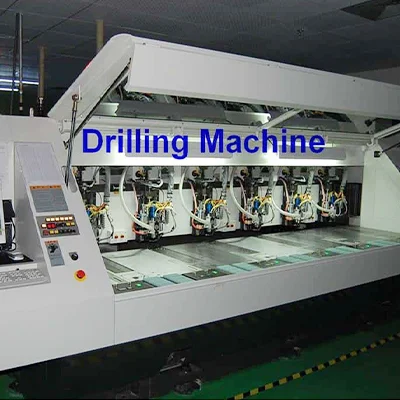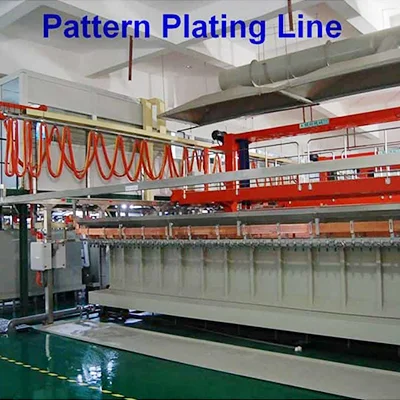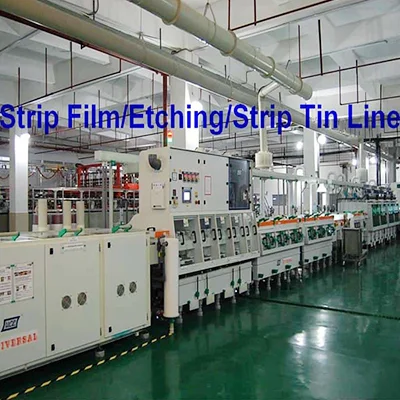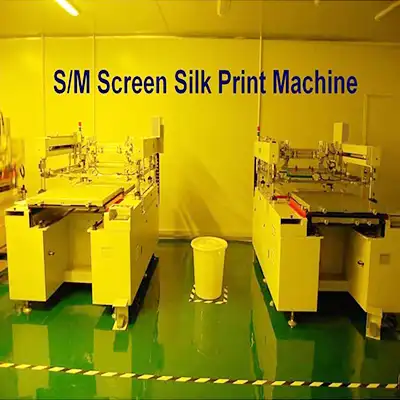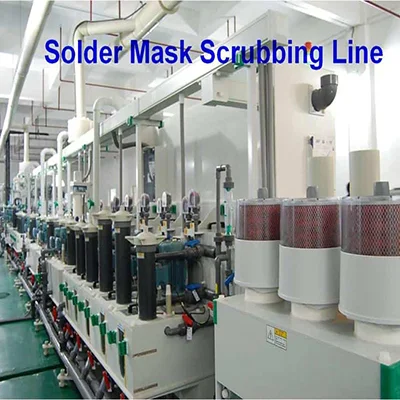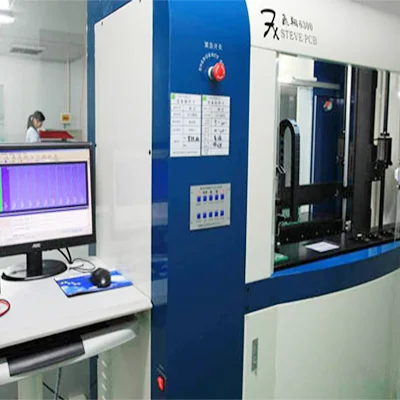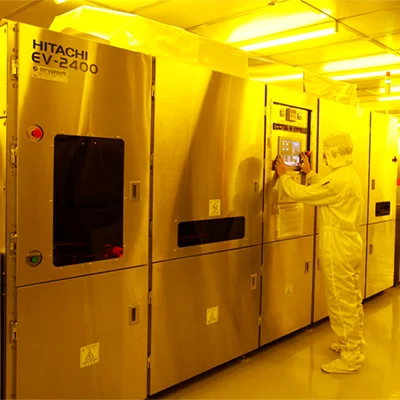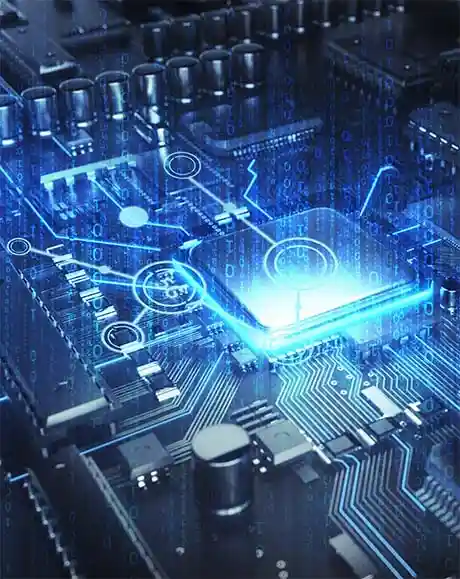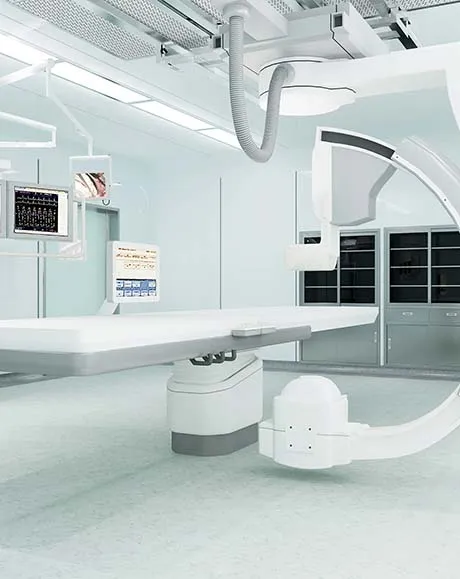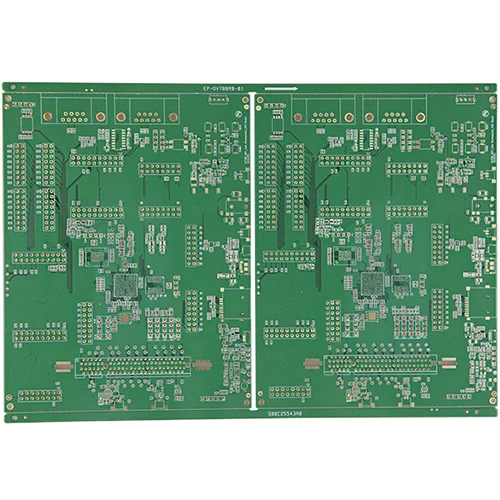
Автомобильный регистратор HDI PCB
Название: Автомобильный регистратор HDI PCB
Уровень: 1+6+1
Лист: EM825
Толщина пластины: 1,6 мм
Размер: 242 мм*165 мм
Минимальное глухое отверстие: 0,1 мм.
Мин. закопанный через: 0,25 мм
Минимальная ширина линии: 0,088 мм
Минимальный межстрочный интервал: 0,087 мм.
Обработка поверхности: Иммерсионное золото
Допуск контура: +/- 0,1 мм
Особые требования: отверстия для заглушек из смолы L3-L6.
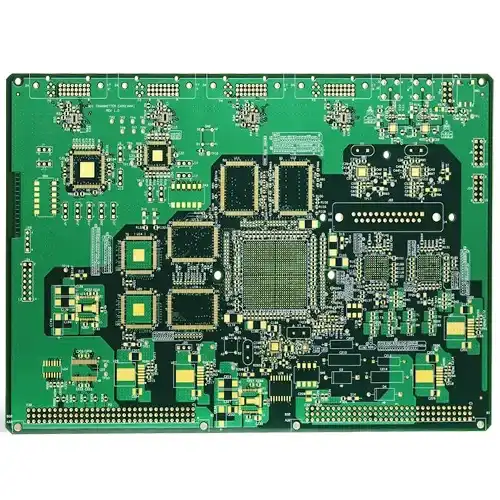
10-слойная 1-ступенчатая плата связи HDI
Название: 10-слойная 1-ступенчатая печатная плата связи HDI
Слои: 1+8+1
Лист: ФР4 Тг170
Толщина пластины: 1,2 мм
Размер панели: 110,8*94,8 мм/4
Внешняя толщина меди: 35 мкм
Толщина меди внутреннего слоя: 18 мкм.
Минимальное сквозное отверстие: 0,20 мм.
Минимальное глухое отверстие: 0,10 мм.
Минимальный BGA: 0,20 мм
Ширина линии и межстрочный интервал: 2,5/2,2 мил.
Обработка поверхности: Иммерсионное золото 2μ”+OSP
Область применения: связь
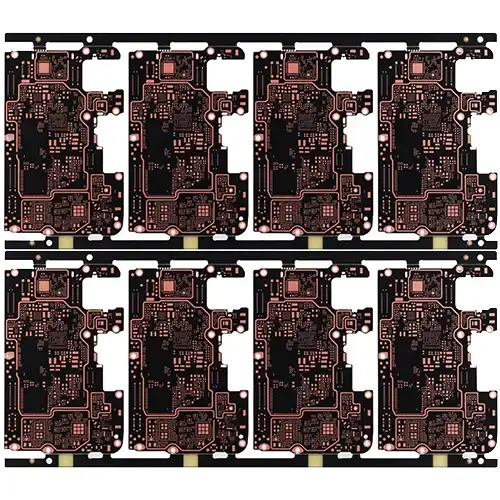
Название: коммуникационная плата 6L 2+N+2 HDI
Модель: плата связи 2+N+2 HDI
Слои: 6 слоев
Материал: ИТ150
Конструкция: печатная плата 2+2+2 HDI
Готовая толщина: 0,8 мм
Толщина меди: 0,5 унции
Цвет: Зеленый/Белый
Обработка поверхности: Иммерсионное золото+OSP
Минимальная трассировка/пространство: 3 мил/3 мил
Минимальное отверстие: лазерное отверстие 0,1 мм
Применение: PCB связи HDI
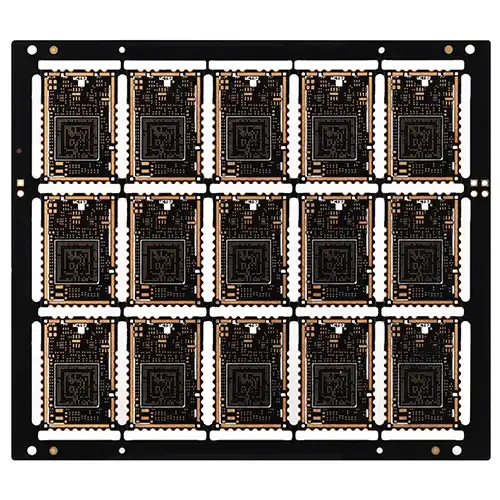
6L 2+N+2 Плата модуля Wi-Fi HDI
Название: печатная плата модуля Wi-Fi 6L 2+N+2 HDI
Слои: 6 слоев
Материал: ФР4 Тг170
Конструкция: печатная плата 2+2+2 HDI
Готовая толщина: 0,8 мм
Толщина меди: 1 унция
Цвет: черный/белый
Обработка поверхности: Иммерсионное золото+OSP
Минимальная трассировка/пространство: 3 мил/3 мил
Минимальное отверстие: лазерное отверстие 0,1 мм
Применение: печатная плата модуля Wi-Fi
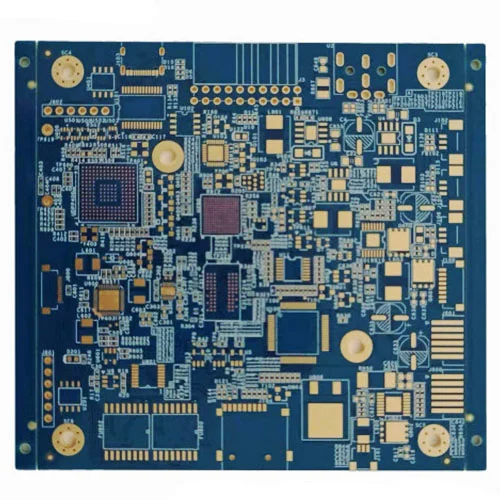
6-слойная 1-ступенчатая печатная плата HDI
Название: 6-слойная 1-ступенчатая печатная плата HDI
Слои: 1+4+1
Лист: ФР4 Тг150
Толщина пластины: 1,6 мм
Размер панели 105*95 мм/1
Внешняя толщина меди: 35 мкм
Толщина меди внутреннего слоя: 30 мкм.
Минимальное сквозное отверстие: 0,20 мм.
Минимальное глухое отверстие: 0,10 мм.
Минимальный BGA: 0,20 мм
Ширина линии, межстрочный интервал: 3/3 мил.
Обработка поверхности: Иммерсионное золото 2μ”+OSP
Область применения: промышленный контроль
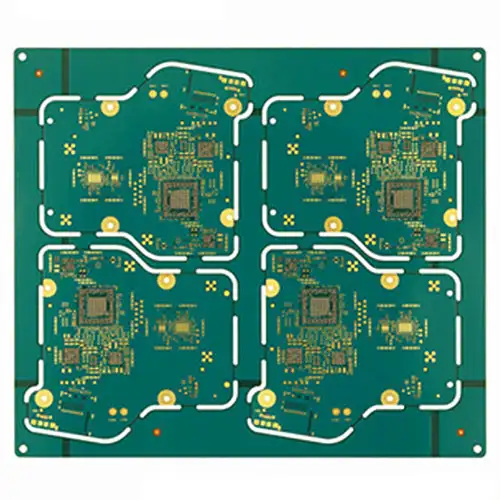
10-слойная 3-ступенчатая печатная плата HDI
Название: 10-слойная 3-ступенчатая печатная плата HDI
Слои: 3+4+3
Лист: ФР4 Тг170
Толщина пластины: 1,2 мм
Размер панели: 126*118 мм/4
Внешняя толщина меди: 35 мкм
Толщина меди внутреннего слоя: 18 мкм.
Минимальное сквозное отверстие: 0,20 мм.
Минимальное глухое отверстие: 0,10 мм.
Минимальный BGA: 0,25 мм
Ширина линии и интервал: 2,8/3,2 мил.
Обработка поверхности: Иммерсионное золото 2μ”+OSP
- HDI PCB Capability
- PCB manufacturing equipment
Introducing our high-density interconnect printed circuit boards (HDI PCB), the epitome of cutting-edge technology in the world of electronics. Designed to meet the demands of modern electronic devices, our HDI PCBs offer superior performance, reliability, and miniaturization capabilities.
Our HDI PCBs are meticulously engineered using advanced manufacturing processes and materials, resulting in a compact design with highly efficient interconnections.
These PCBs boast a high circuit density, enabling the integration of numerous components within a smaller footprint. Whether you are working on smartphones, tablets, wearable devices, or any other compact electronic device, our HDI PCBs provide the ideal solution.
Advantages of HDI PCB:
- Enhanced Miniaturization: HDI PCBs are renowned for their ability to pack more circuitry into smaller form factors. By utilizing advanced microvia and fine-pitch technologies, HDI PCBs significantly reduce the overall size and weight of electronic devices, allowing for sleek and compact designs.
- Increased Signal Integrity: With HDI PCBs, signal integrity is greatly improved. The shorter trace lengths and reduced electromagnetic interference (EMI) result in minimal signal loss and noise, ensuring reliable and high-quality performance of the electronic device.
- Improved Electrical Performance: HDI PCBs offer excellent electrical performance due to their optimized routing and minimized parasitic capacitance and inductance. This leads to faster signal propagation and reduced power consumption, resulting in enhanced overall device efficiency.
- Enhanced Reliability: The advanced manufacturing techniques used in HDI PCBs ensure a high level of reliability and durability. These PCBs are resistant to thermal stress, vibration, and mechanical strain. It also makes them ideal for applications that require long-term reliability, such as automotive electronics and medical devices.
- Design Flexibility: HDI PCBs provide greater design flexibility, allowing for more complex and advanced circuitry designs. This flexibility enables the integration of multiple functionalities within a single board. It also reduces the need for additional PCBs and enhancing overall system performance.
| HDI (High Density Interconnect) PCB Process Capability | ||
| Item | batch | Template |
| layers | 4-16 Layers | 4-24 Layers |
| Plate thickness range | 0.6-3.2mm | 0.4-6.0mm |
| highest order | 4+N+4 | Any layer innterconnected |
| Minimum laser hole | 4mil (0.1mm) | 3mil (0.075mm) |
| Laser process | CO2 Laser Machine | CO2 Laser Machine |
| Tg value | 140/150/170°C | 140/150/170°C |
| hole copper | 12-18μm | 12-18μm |
| Impedance tolerance | +/-10% | +/-7% |
| interlayer alignment | +/-3mil | +/-2mil |
| Solder Mask Alignment | +/-2mil | +/-1mil |
| Minimum line width/line spacing | 2.5/2.5mil | 2.0/2.0mil |
| Smallest grommet | 2.5mil | 2.5mil |
| Minimum through hole | 8mil (0.2mm) | 6mil(0.15mm) |
| smallest micropore | 4.0mil | 3.0mil |
| Minimum media thickness | 3.0mil | 2.0mil |
| Minimum pad | 12mil | 10mil |
| Micropore Aperture Aspect Ratio | 1:1 | 1:2:1 |
PCB Drilling machine
PCB pattern plating line
PCB solder mask expose machine
PCB pattern expose machine
Strip film etching line
Solder mask screen silk print machine
Solder mask scrubbing line
PCB Flying Probe Test (FPT)
Fully automatic exposure machine


